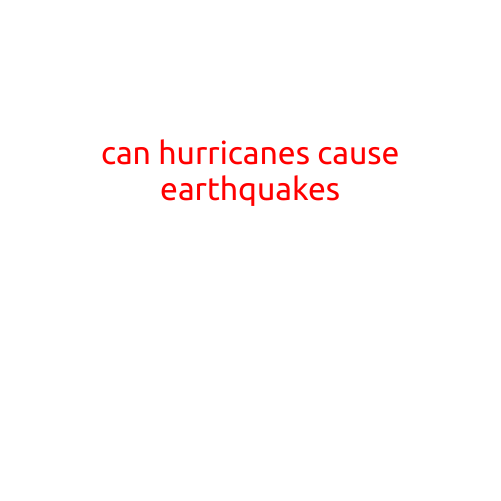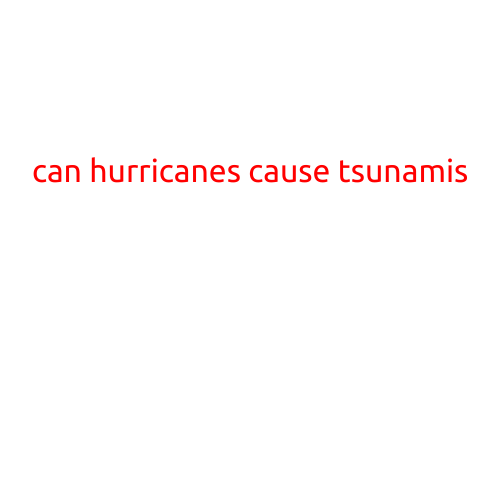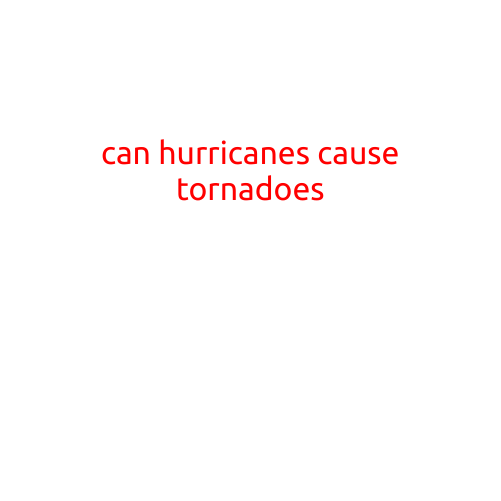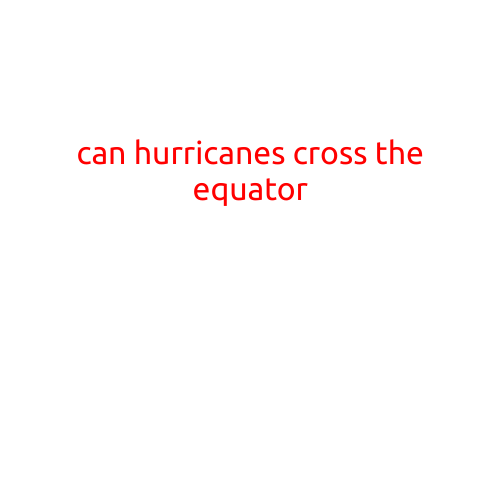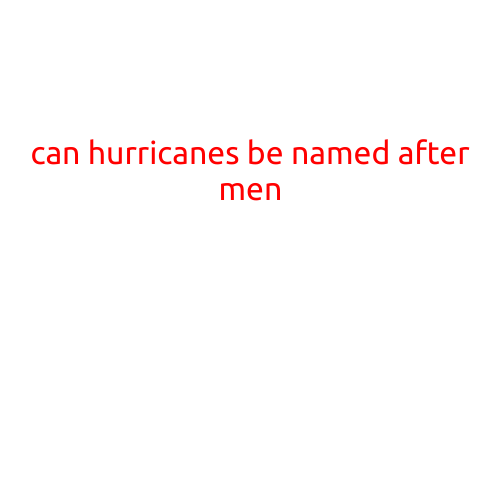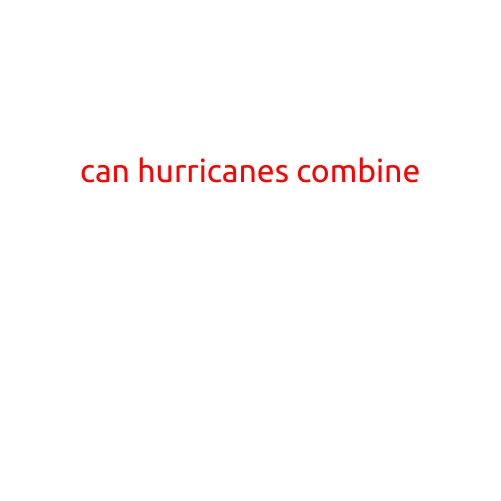
Can Hurricanes Combine?
Hurricanes are powerful tropical cyclones that can bring devastating winds, rain, and storm surges to coastal communities. While we often think of hurricanes as isolated events, there is a natural phenomenon known as hurricane merging or hurricane combination, where two or more hurricanes can combine to form an even larger and more powerful storm. But is it possible for hurricanes to combine, and if so, how does this occur?
What is Hurricane Merging?
Hurricane merging occurs when two or more hurricanes pass close enough to each other to interact and merge, resulting in a larger and more intense storm. This phenomenon is also known as hurricane combination or hurricane fusion. When two hurricanes combine, they can create a storm that is stronger, larger, and potentially more destructive than either of the individual storms.
Why Do Hurricanes Combine?
Hurricanes combine when they are close enough to each other to interact with each other’s wind fields and storm structures. This can happen when two hurricanes are following similar tracks, are moving in the same direction, or are caught in a weather pattern that brings them together.
There are a few reasons why hurricanes might combine:
- Close proximity: If two hurricanes are close enough to each other, their wind fields can overlap, causing them to merge.
- Similar trajectories: If two hurricanes are following similar tracks, they can continue to merge as they move across the ocean.
- Weather patterns: Certain weather patterns, such as a low-pressure system or a tropical wave, can bring two hurricanes together, causing them to merge.
How Does Hurricane Merging Affect the Storm?
When two hurricanes combine, the resulting storm can be significantly larger and more powerful than either of the individual storms. This is because the combined storm can tap into the energy and moisture from both storms, making it even stronger.
The merged storm can also have a wider area of impact, affecting a larger region and causing more widespread damage. Additionally, the combined storm can lead to a more intense storm surge, as the water from both storms combines to create a higher and more destructive wall of water.
Examples of Hurricane Merging
There have been several instances of hurricane merging over the years. One notable example is Hurricane Lili and Hurricane Michelle, which combined in 2002 to create a powerful and destructive storm that affected the Gulf Coast and Eastern Seaboard of the United States.
Another example is Hurricane Sandy and Hurricane Irene, which merged in 2011 to create a powerful and destructive storm that affected the East Coast of the United States. These storms highlight the importance of monitoring and tracking hurricanes closely, as even the slightest combination can lead to a more intense and destructive storm.
Conclusion
Hurricane merging is a complex and rare phenomenon that can have significant consequences for coastal communities. While it’s impossible to predict with certainty when hurricanes will merge, it’s essential to monitor and track storms closely to anticipate and prepare for the potential impacts of a merged storm.
By understanding the factors that contribute to hurricane merging, meteorologists and storm forecasters can provide more accurate and timely warnings to those in the storm’s path, helping to minimize the damage and destruction caused by these powerful storms.
